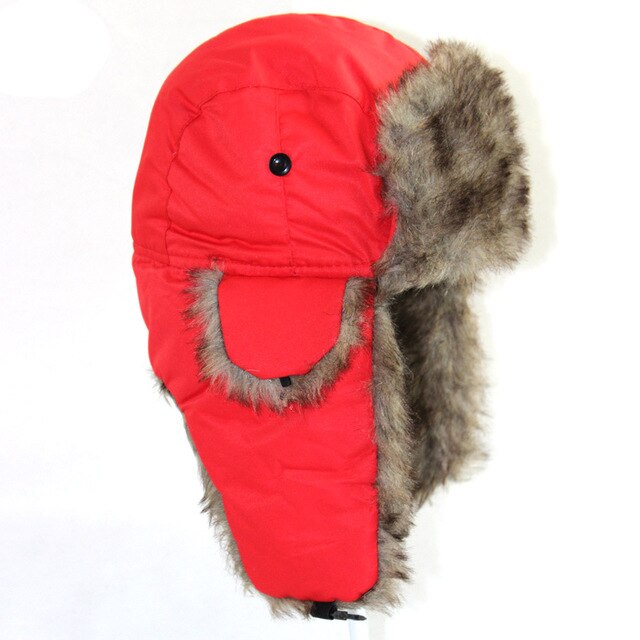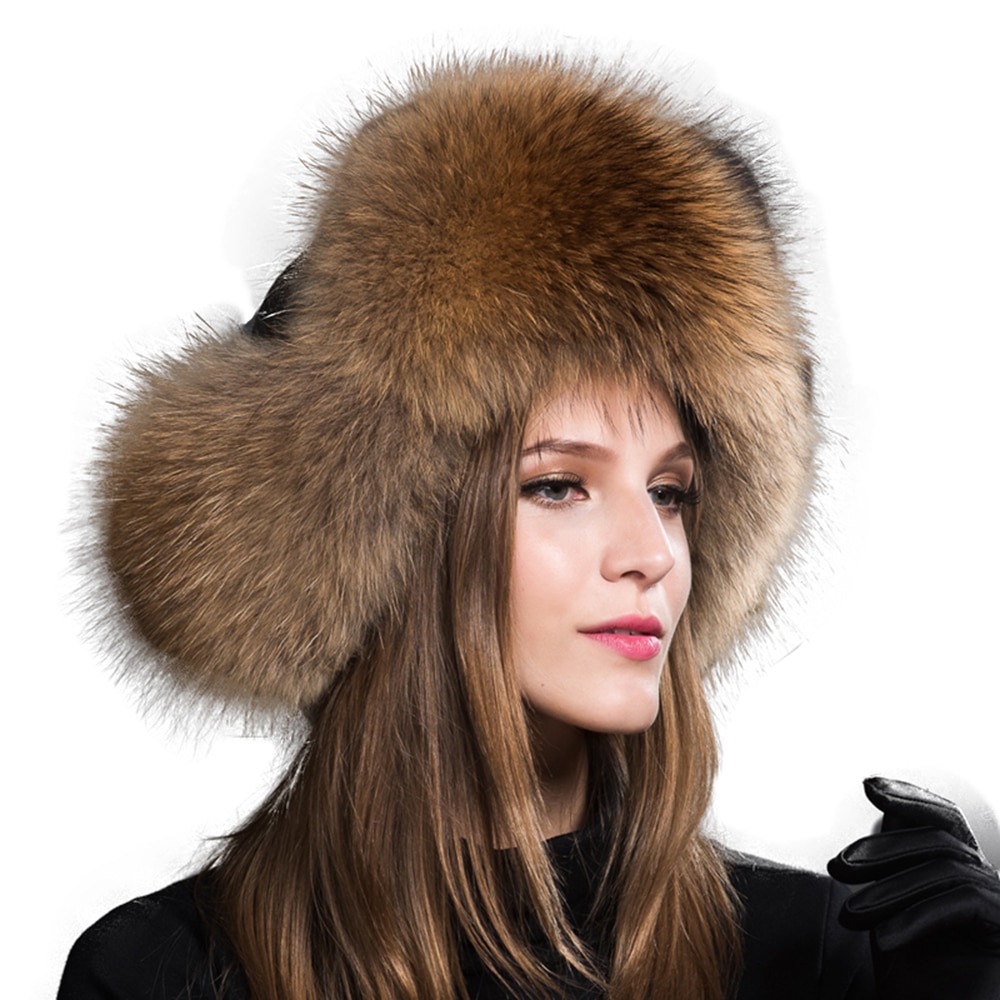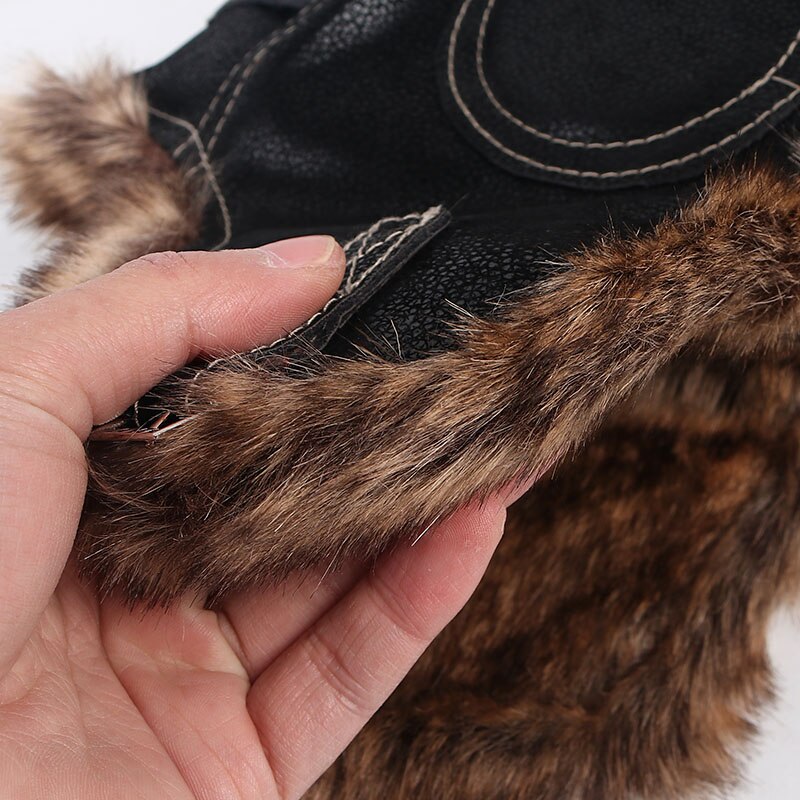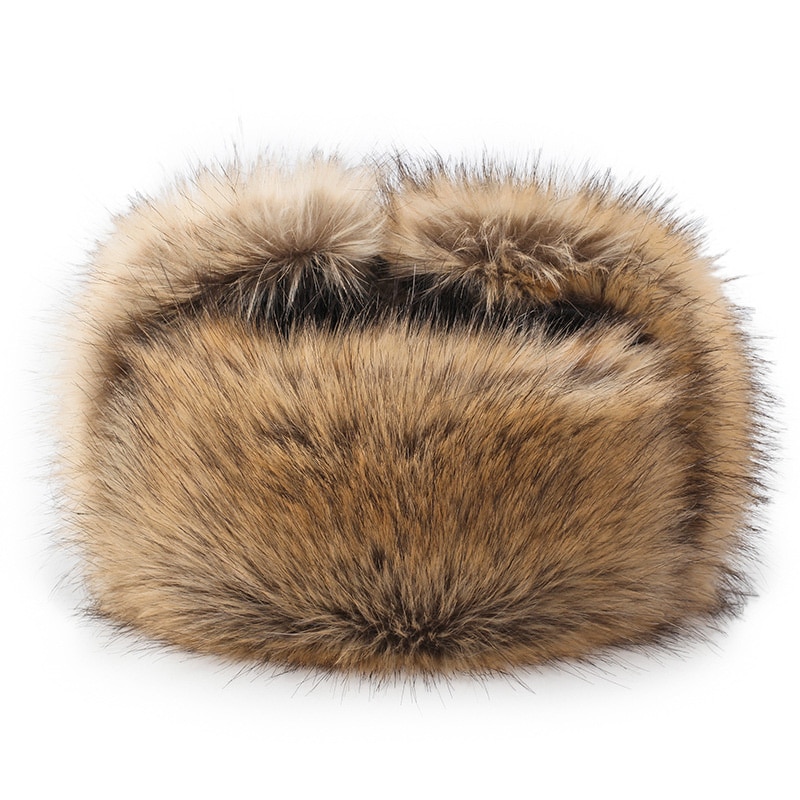
Trapper hats are more than just a winter accessory; they’re a versatile headgear option that adds both style and functionality to various occasions. From outdoor adventures to urban outings, these hats blend warmth with fashion, making them a must-have for your wardrobe. Here’s how you can seamlessly incorporate trapper hats into different moments:
1. Cold-Weather Casual: Start your day with cozy comfort by donning a cap during chilly weather. The insulated design keeps your head and ears warm, while the stylish exterior complements your casual attire.
2. Outdoor Adventures: Whether you’re skiing, hiking, or camping, this offer superior warmth and protection against the elements. Opt for water-resistant materials and faux fur lining to stay comfortable during your outdoor excursions.
3. Urban Street Style: Add a touch of urban flair to your look by pairing it with your streetwear outfits. The unique design and earflaps create a fashion-forward statement that’s both functional and trendy.
4. Festive Gatherings: Embrace the holiday spirit by choosing one in festive colors or patterns. They’re perfect for adding a cheerful touch to your attire during winter celebrations and gatherings.
5. Music Festivals: These can be a standout accessory at music festivals. Choose ones with bold prints or vibrant colors that make you stand out in the crowd while keeping you warm during outdoor performances.
6. Vintage Vibes: For a touch of nostalgia, pair a classic one with vintage-inspired outfits. This timeless accessory adds a hint of old-world charm to your ensemble.
7. Travel Companions: When jetting off to colder destinations, these are your trusty travel companions. They fold easily in your luggage and provide instant warmth upon arrival.
8. Ski Lodge Chic: Opt for one with faux fur details to exude a cozy yet chic vibe after hitting the slopes.
9. Cozy Nights by the Fire: Whether it’s a camping trip or a backyard bonfire, these keeps you snug while you enjoy the warmth of the fire and the company of friends.
10. City Commutes: Navigate the urban jungle in style and comfort. The earflaps provide extra protection against chilly winds, ensuring your commutes are cozy.
Conclusion: Incorporating into different occasions adds a touch of practicality and style to your outfit choices. From outdoor adventures to city outings, these versatile hats offer a blend of warmth, comfort, and fashion-forward aesthetics. Remember, the key to rocking a trapper hat is to embrace its unique design and make it an integral part of your ensemble.



